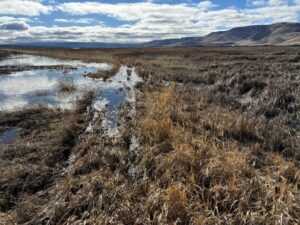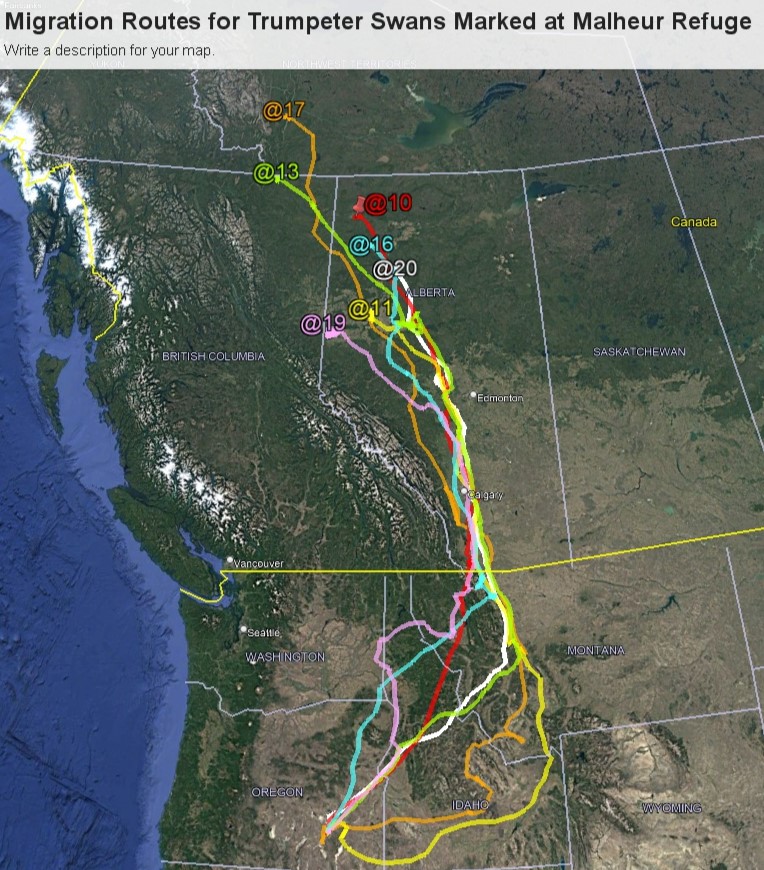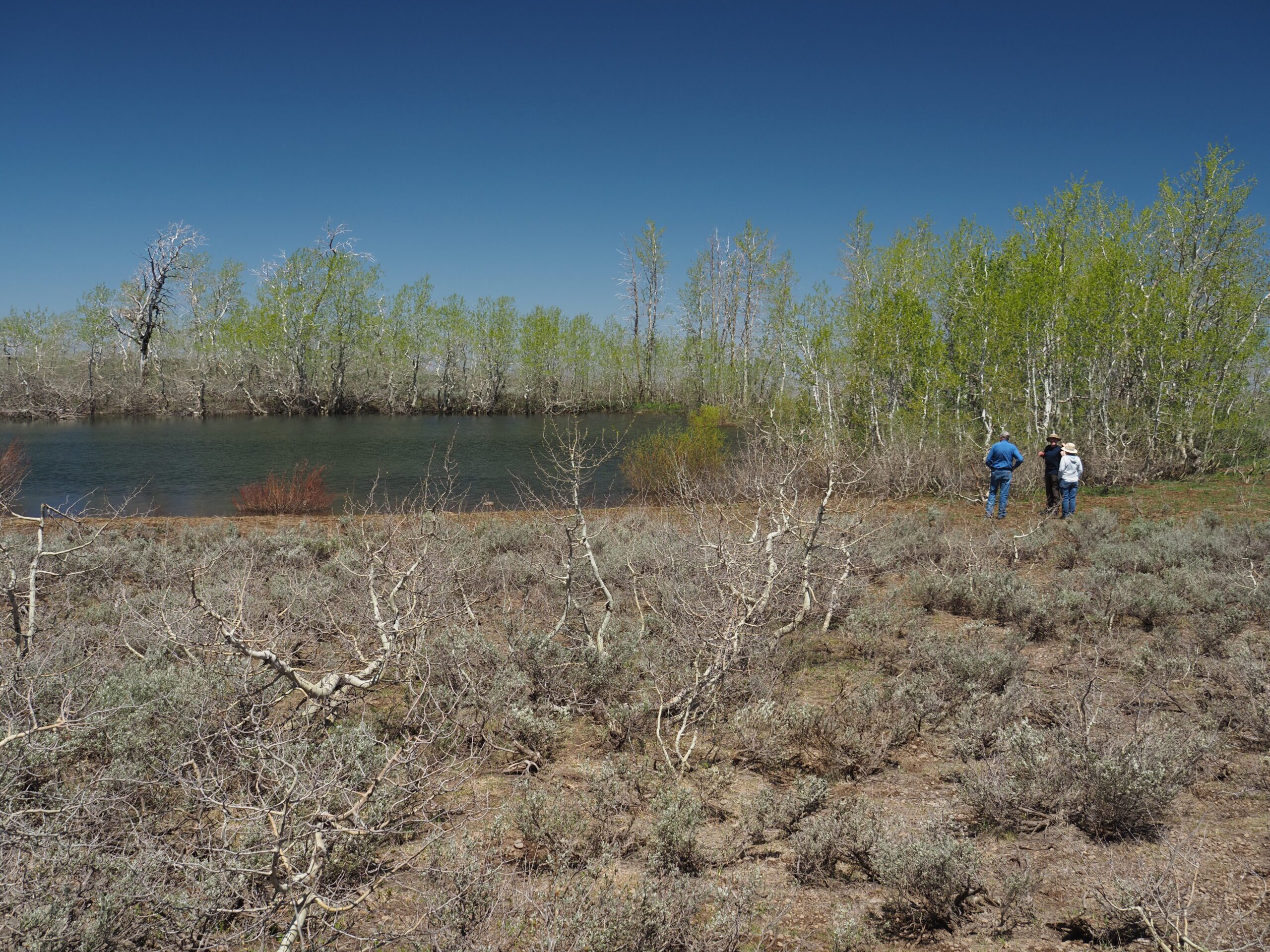Written by Carl Woodward, FOMR Board Member
On May 25, 2023, the Unted States Supreme Court issued a ruling that invalidated a portion of the USEPA regulations that defined “waters of the United States” under the Clean Water Act. This determination reduced the waters that had been previously covered by the EPA rule. On August 29, 2023, the EPA issued revised regulations to conform with the Supreme Court opinion. The revised rule removes the “significant nexus test” when identifying tributaries and other waters as federally protected.
The Supreme Court opined that the [Clean Water Act]’s use of `waters’ encompasses `only those relatively permanent, standing or continuously flowing bodies of water “forming geographic[al] features” that are described in ordinary parlance as “streams, oceans, rivers, and lakes.” ’ ” The Court also “agree[d] with the formulation of when wetlands are part of ‘the waters of the United States,’ ” Specifically,“when wetlands have `a continuous surface connection to bodies that are “waters of the United States” in their own right, so that there is no clear demarcation between “waters” and wetlands.’ ” Thus, the Supreme Court concluded that “this interpretation”— i.e., the interpretation of adjacent wetlands as “waters of the United States” set out in the 2023 Rule—“is inconsistent with the text and structure of the CWA” insofar as it incorporated the “significant nexus” test.
The new rule eliminates the significant nexus test for tributaries, streams and wetlands. Thus, there must be a direct surface connection between wetlands and the navigable waters. It also deletes the adjacent wetlands test insofar as there is not a direct connection between the wetlands and the body of water. This new rule significantly restricts the regulatory power of the EPA and the US Army Corps of Engineers over wetlands not directly connected to that body of water. Time will tell how detrimental this interpretation of the Clean Water Act will be to achievement of the CWA goals.














